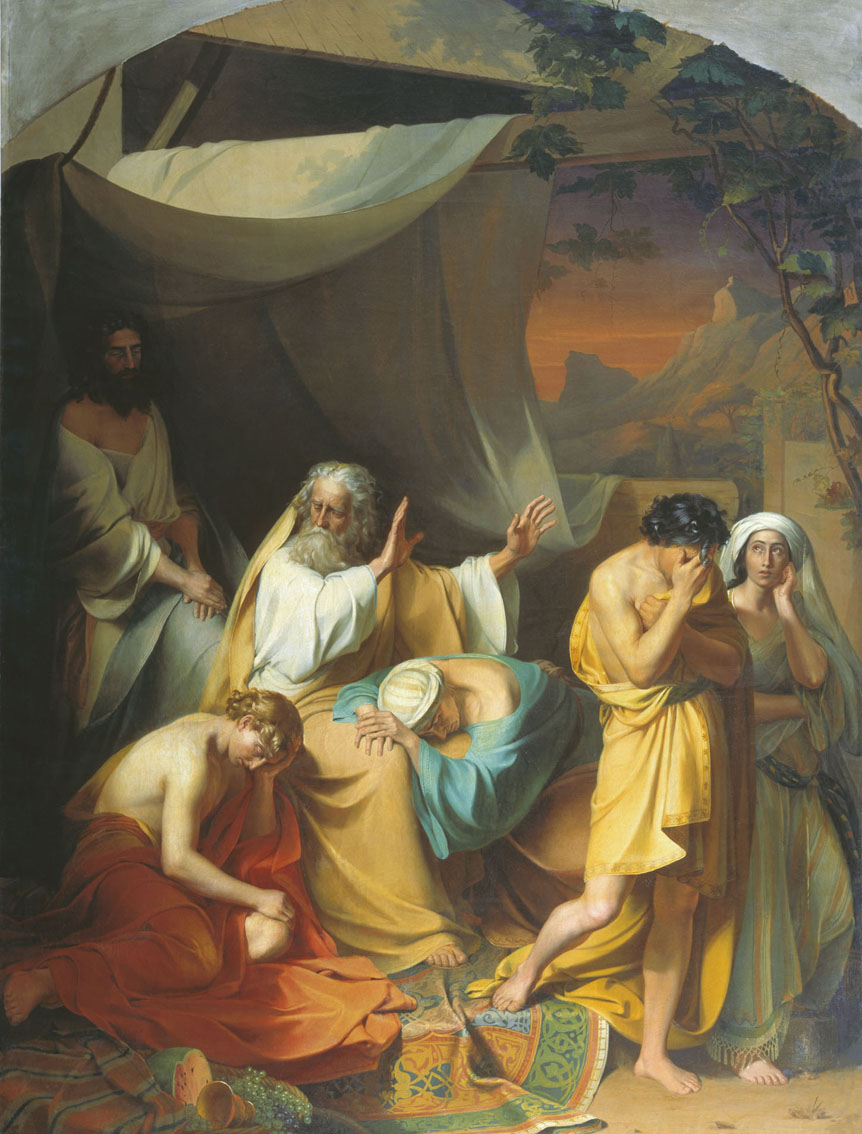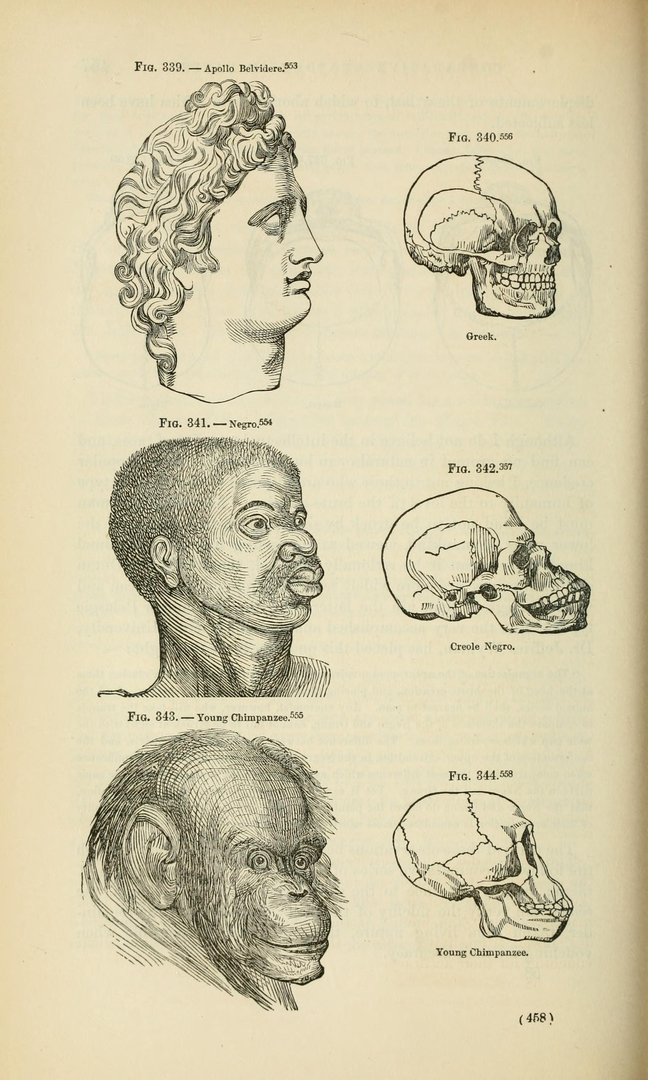Racism is not an accident of history; it is a project. It adapts, mutates, and reinvents itself, but its essence remains the same: to divide, rank, and dominate. From the biblical curse of Ham to the transatlantic slave trade, from colonialism to scientific racism, and from segregation to Islamophobia, racism has always adjusted to the political and economic needs of the societies that exploit it. Understanding this dynamic means understanding how the West has justified and continues to justify its systems of oppression.
Racism: A historical construction
Racism is anything but natural. It is not based on biological hostility embedded in our genes but on power structures that shape how we perceive the Other. It is not skin color that creates racism, but the social and political hierarchization of that color.
As the West asserted itself as the center of the world, it constructed narratives of superiority—first religious, then pseudo-scientific, and later cultural. In every era, the justification for oppression evolved, but the goal remained the same: to legitimize the domination of one group over another.
From theology to divine justification

The idea of a hierarchical humanity is not universal. In Antiquity, Greeks and Romans despised foreigners (the “barbarians”), but they did not speak of “races.” A slave could become a citizen, and it was not skin color that defined someone but their social status.
With Christianity, a new narrative emerged: all men are equal before God—at least in theory. But by the Middle Ages, an exception appeared: the Jews. Accused of being the “deicide people” (responsible for Jesus’s crucifixion), they were gradually excluded from guilds, noble professions, and confined to specific neighborhoods.
Then came the English conquest of Ireland (13th century) and Germanic expansion into Eastern Europe: conquered peoples were forbidden from marrying the invaders, accessing certain professions, or owning land. This wasn’t yet racism in the biological sense but systemic discrimination justified by domination.
Slavery and the birth of ‘modern’ racism

The 15th century changed everything. With the discovery of sub-Saharan Africa and the Atlantic slave trade, Europeans needed to justify the unjustifiable: reducing human beings to commodities.
- First, they claimed that Black people were pagans and that slavery was a way to “save” them.
- Then, when some converted to Christianity, another justification was found: the Curse of Ham.
What is the Curse of Ham? It’s a distorted biblical myth: Ham, the son of Noah, was supposedly cursed for seeing his father drunk and naked. His descendants (associated with African peoples) were condemned to eternal slavery. This biased interpretation was deliberately used to legitimize the slave trade.
From the 16th century onward, Black people were seen as “naturally” inferior—not for religious reasons but because their skin color was viewed as a sign of degradation. The association between black skin and servility was sealed.
The age of enlightenment… and racial darkness

One might think that with the rise of the Enlightenment and ideas of equality, racism would collapse. But the opposite happened.
As European philosophers proclaimed that all men are born free and equal, they simultaneously found pseudo-scientific justifications for the inferiority of non-White people.
- Carl von Linné (Swedish naturalist) established a racial classification:
- Europeans: intelligent and civilized
- Africans: lazy and governed by instincts
- Buffon (French naturalist) claimed that Europeans were intellectually superior because they had to develop agriculture, while Africans “just picked bananas.”
Racism ceased to be religious and became “scientific.” The machinery was set in motion.
Darwin, Gobineau, and ‘scientific’ racism

With Darwin’s theory of evolution (19th century), racists found a new tool: natural selection. The idea? Races evolve differently, and some are more “advanced” than others.
- Joseph Arthur de Gobineau, with his Essay on the Inequality of the Human Races, laid the groundwork for biological racism:
- There are superior races (Whites, especially Aryans).
- There are inferior races (Africans, Asians).
- All racial mixing leads to degeneration.
In the United States, freed slaves were prohibited from becoming citizens in Virginia. Slavery became racial: being Black meant being a slave, even if one was Christian.
This scientific racism justified segregation, eugenics, and later, Nazism.
Adapting oppression

In the 19th century, Europe dominated the world. Colonial empires expanded across Africa and Asia, using racism as a tool of domination.
- Colonialism was justified by the idea that “inferior” races needed Europeans to civilize them.
- Apartheid in South Africa and Jim Crow laws in the United States institutionalized racial separation.
- Eugenics was used to sterilize the “undesirable” in Germany, the U.S., and even France.
In every era, Western societies found new ways to exploit and exclude minorities.
A more subtle, yet persistent racism

After World War II, the world discovered the horrors of Nazism. Biological racism became indefensible.
But racism did not disappear—it transformed:
- The discourse shifted to culture: “It’s not about race, but cultural incompatibility.”
- Islamophobia replaced antisemitism in far-right rhetoric.
- Crime and unemployment statistics were used to “prove” the inferiority of minorities.
Racism hasn’t vanished—it has adapted to new social norms.
Deconstructing to rebuild
The history of racism in the West is one of an oppression that changes its mask but never its nature. Understanding its evolution is key to understanding how it still operates today. And if racism was constructed, it can also be deconstructed.
The fight continues.
Sommaire
